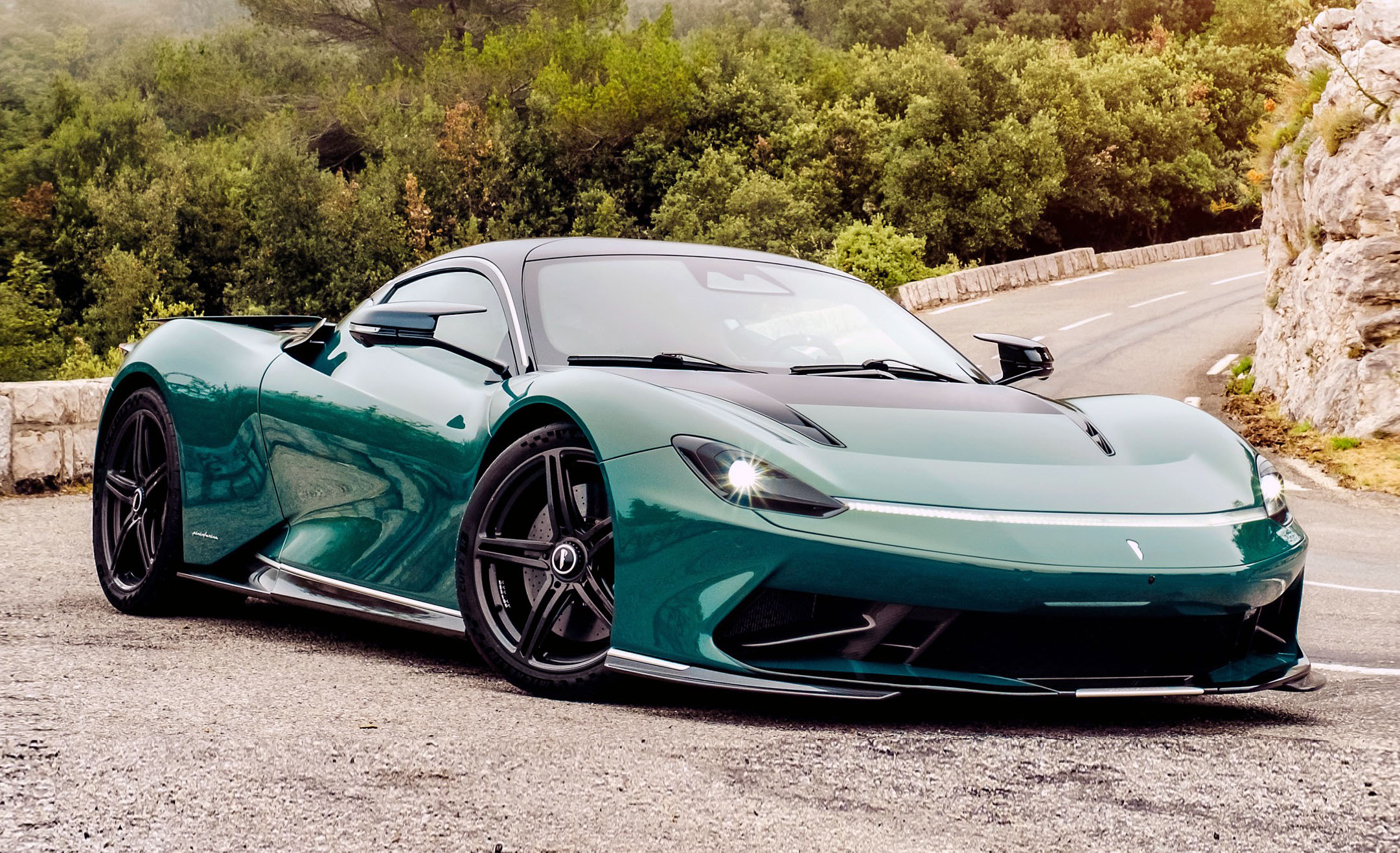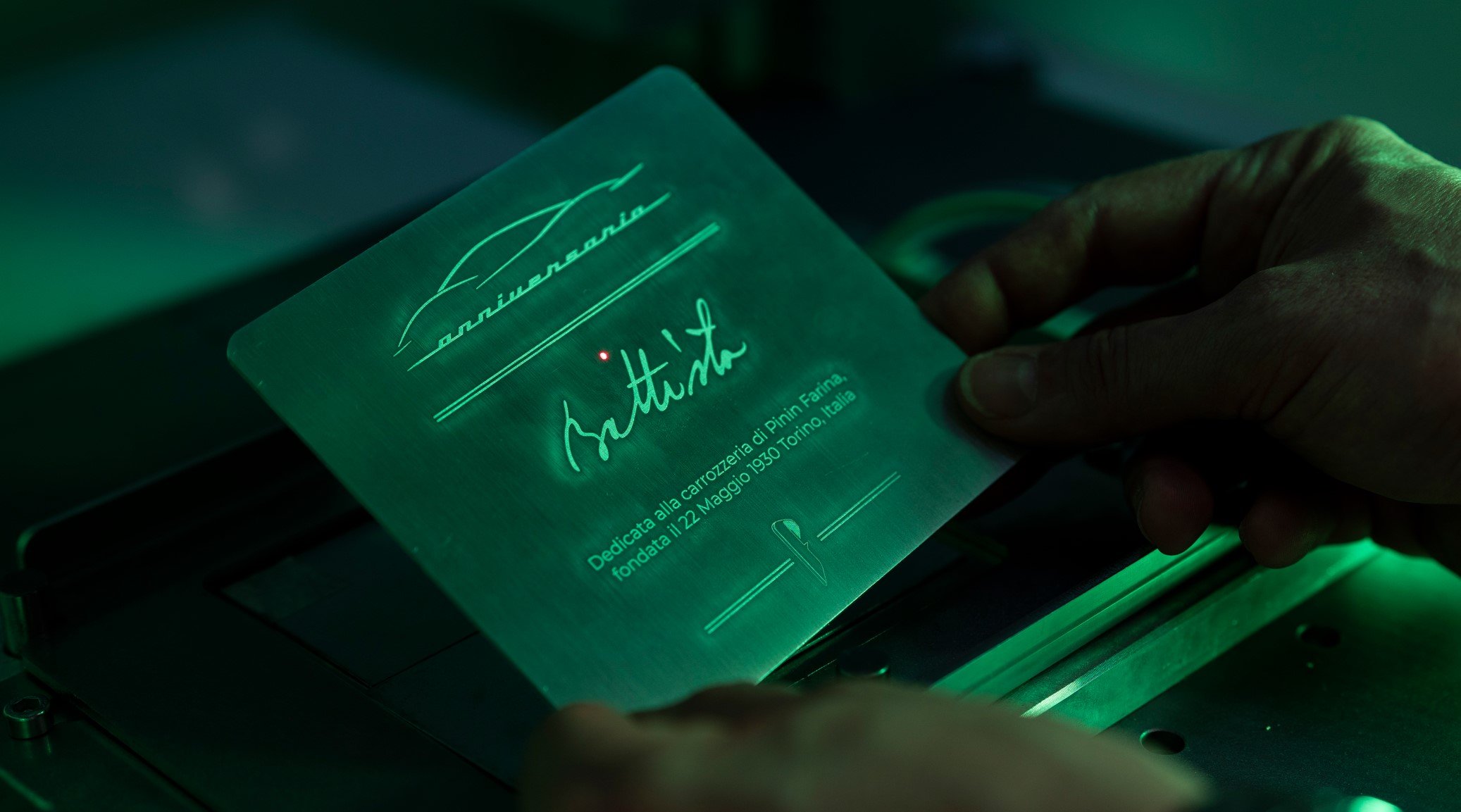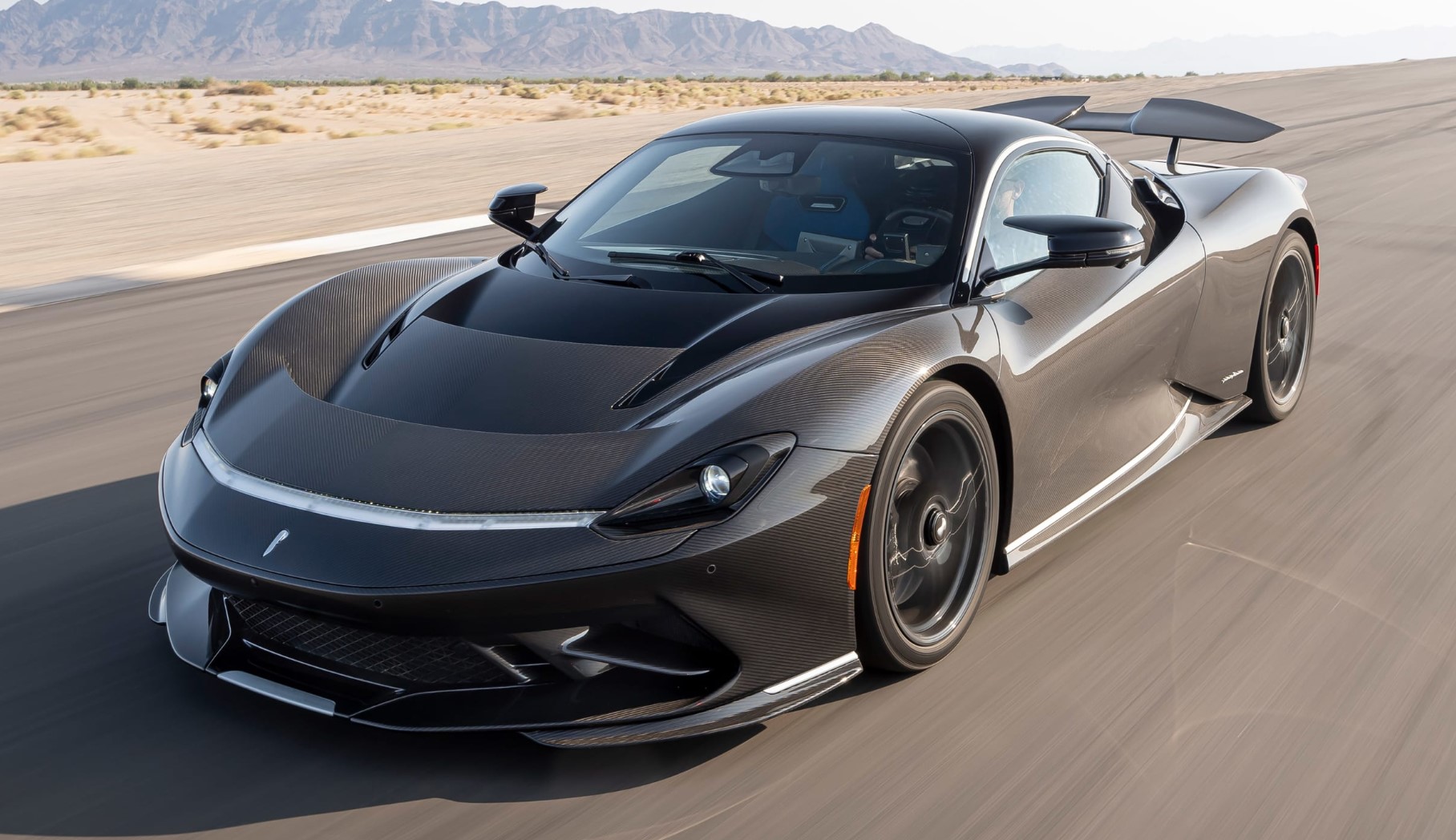Automobili Pininfarina has finally announced that its first all-electric Pininfarina Battista hypercar has rolled off the production line.
Following endless development updates and a two year pandemic-induced delay, Automobili Pininfarina has announced that the very first series production Battista hypercar has hit the road. Just 150 units will be produced in total, with a small allocation of the $3.5 million supercar coming to Australia.
Per Svantesson, CEO of Automobili Pininfarina said: ‘The Battista hyper GT is the realisation of a dream, which began with design icon Battista ‘Pinin’ Farina’s ambition to create a beautiful car bearing only the Pininfarina name. We are proud to have achieved that goal and in doing so, we lead a movement into an exciting new luxury era, where design purity and a focus on sustainable innovations will shape a series of incredible new vehicles from Automobili Pininfarina.’
Behind the Battista’s development were some big names, with former Formula 1 driver Nick Heidfeld having put the model through its paces as a development driver, and Mercedes-AMG alumni Rene Wollmann handling the schedule.
Underneath the svelte, and typically Italian carbonfibre bodywork is not a highly strung V12, but a combination of four electric motors and a 120kWh battery pack that Automobili Pininfarina says will propel the Battista to 100km/h in ‘less than two seconds’. Big claims from the new Italian manufacturer, but then it has some pretty big numbers to back it up.
To start with, the Battista is based on a carbonfibre chassis commissioned from Croatian electric hypercar manufacturer Rimac. The electric motors, capacitors and batteries are also sourced from there, but although the tech is shared, Pininfarina has done lots of work to ensure that its vision of the Battista remained pure. As a result, Pininfarina did significant work on the Battista’s overall proportions, moving the windscreen forward by 180mm, giving it a more traditional Italian mid-engined supercar silhouette.
Two electric motors are mounted to each axle, each powering a specific wheel and giving the Battista full torque vectoring capability without the need for heavy and complex differentials. As mentioned above, total power is rated at 1378kW, with a staggering 2300Nm of torque available at a standstill, enabling the Battista to hit 100km/h in ‘under two seconds’ and 300km/h in under 12 seconds. Pininfarina quotes an estimated top speed of 350km/h.
The battery pack itself is not of the increasingly popular skateboard variety, rather it’s a T-shaped unit that sits behind the driver compartment and runs between the two seats. The main benefit is being able to maintain an ultra-low driving position, as well as keeping more of the mass towards the centre of the car. The 120kWh battery pack should enable a potential range of up to 450km from a single charge.
If there is a single element that plays to Pininfarina’s strengths, it is of course the design, and the Battista does not disappoint in this regard. The traditional mid-engined silhouette is present and correct, and is wrapped with a considered, subtle and sophisticated body that is dripping with appeal. The most dynamic and interesting element is the massive delta-wing motif, that runs over the tight rear haunches and informs the rear styling and floating wings that also house the tail lights. This section also holds the Battista’s active rear wing, which is the only piece of active aero on the car.
The interior is dominated by a pair of touchscreens flanking the steering wheel, with designers focusing on a level of symmetry from the driver’s perspective, rather than the interior as a whole. Specific trims and finishes are able to be specified to the owner’s taste, and as suspected, this is a strictly two-seater interior.
When it comes to cost, Automobili Pininfarina is quoting a price for the Battista of around$3.5m. This price point puts it above potential rivals like the Lotus Evija and Rimac, and straight into the territory of the Bugatti Chiron; a car which not only appeals on design and performance, but heritage.
Automotive Daily







